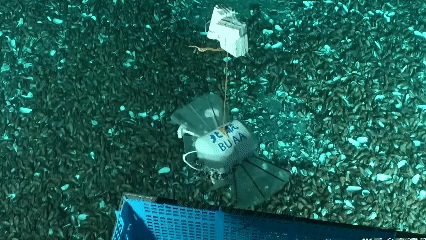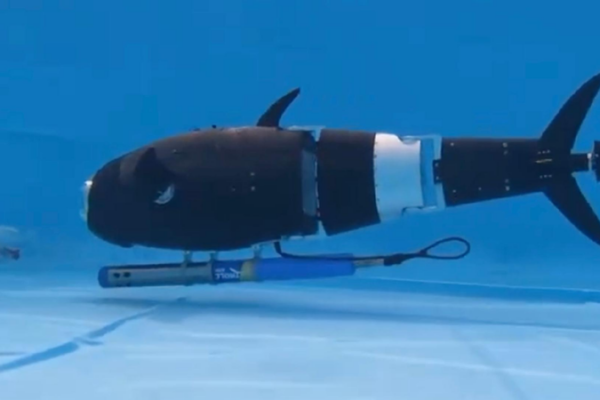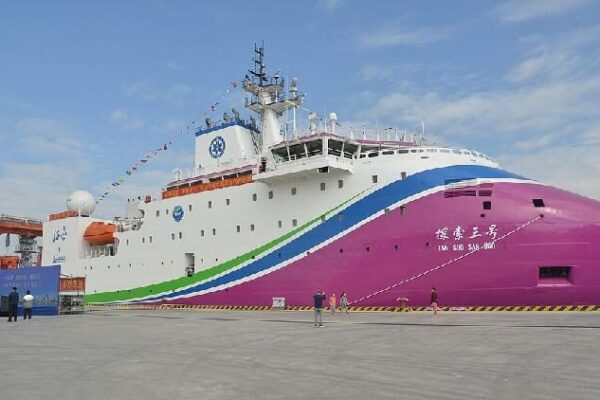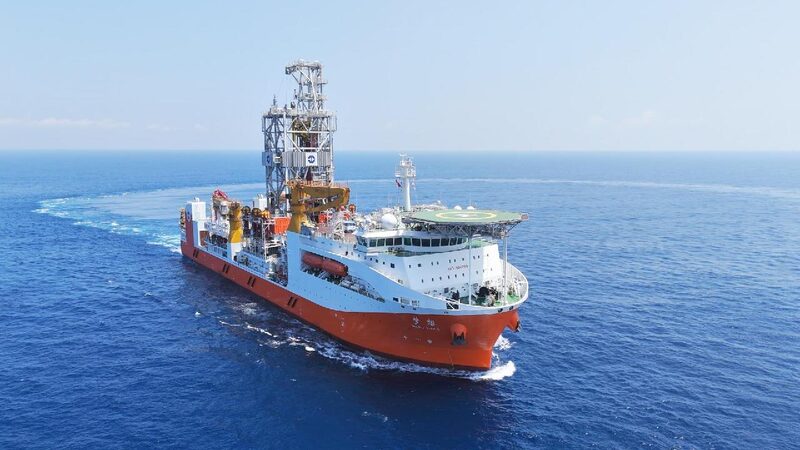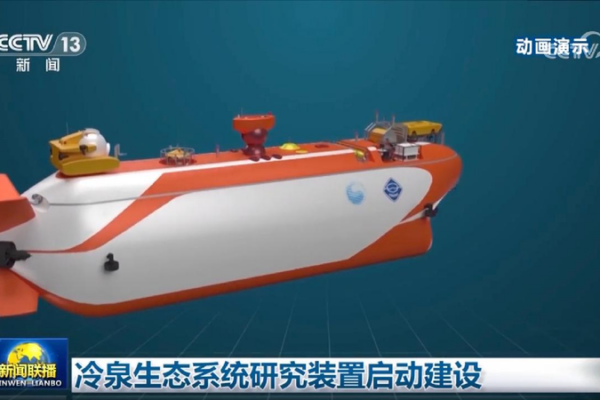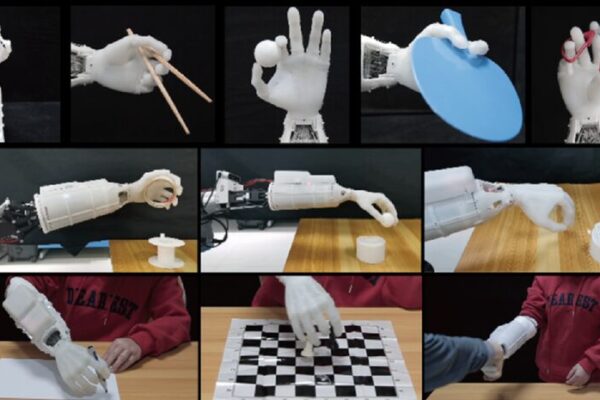A team of Chinese researchers has developed a groundbreaking robot capable of operating in the world’s deepest ocean trenches under extreme pressure. Drawing inspiration from the movement of the batfish, the innovative robot marks a significant advancement in deep-sea exploration technology.
Led by faculty members from Beihang University, the team designed a 50-centimeter-long robot that can swim, glide, and crawl in the depths of the ocean. Unlike traditional large, rigid submersibles that weigh several tonnes, this lightweight robot offers a flexible and efficient alternative for deep-sea missions.
The robot demonstrated its capabilities by successfully completing tasks in the Haima Cold Seep at a depth of 1,384 meters and in the Mariana Trench at an astonishing depth of 10,666 meters. “We’ve figured out how to make its movement in the deep sea just as good as, or even better than it performs on land under normal temperature and pressure,” said Professor Wen Li from the Department of Mechanical Engineering and Automation at Beihang University.
While swimming, the robot uses its tail fin to generate thrust, reaching speeds up to 5.5 centimeters per second. When crawling over sandy surfaces, it moves at 3 centimeters per second using its specially designed limbs, according to a study published in the journal Science Robotics.
Operating at such depths, the robot must withstand immense pressure—up to 110 million pascals in the Mariana Trench, equivalent to having a one-tonne weight pressing on a thumbnail. To address this challenge, the team developed a flexible actuation device that utilizes the stiffening properties of soft silicone materials under high pressure. “The material structure transforms external high pressure into enhanced speed and amplitude for the actuator, turning the weakness into an asset,” explained Pan Fei, the study’s first author from Beihang University.
Additionally, the robot is equipped with shape-memory alloy springs attached to its actuator. By heating these springs with periodic electrical currents, they contract and expand, enabling high-frequency, rapid oscillation even in the deep-sea temperatures of 2 to 4 degrees Celsius.
The research team is continuing to explore the field of deep-sea morphable robotics combined with artificial intelligence. Their goal is to create more opportunities for intelligent operations in deep-sea environments, paving the way for new discoveries and advancements in ocean exploration.
Reference(s):
cgtn.com
